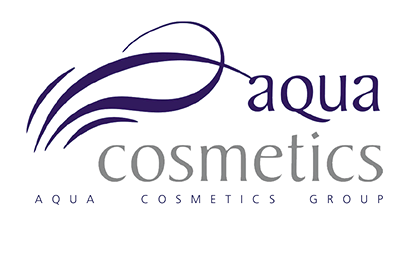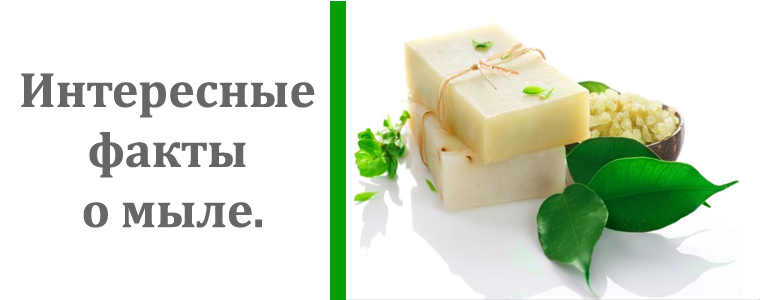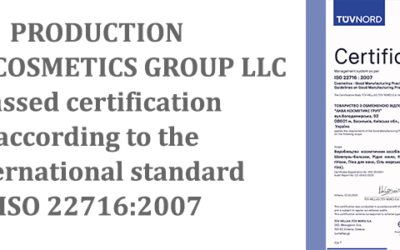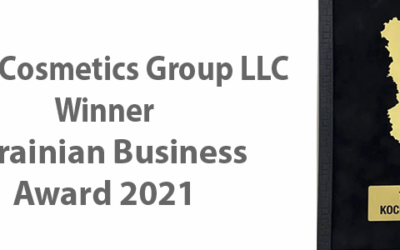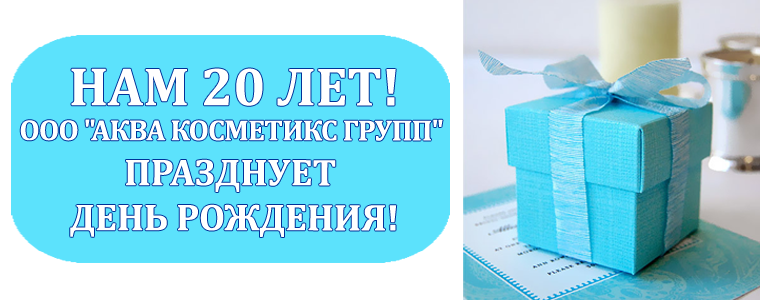Interesting facts about soap
We get used to some things so much that we do not even think about what people once did without them. Especially if these are everyday items, such as soap. Now we will talk about interesting facts related to soap, which we do not even suspect.
History of soap
Today, historians have established that soap was used back in 2800, BC. in the ancient civilizations of Sumer and Babylon. In Mesopotamia found clay tablets with the writing of the technology of making soap, they date approximately 2200g. BC. Also found Egyptian papyri in the middle of the second millennium BC, testifying that the Egyptians regularly used soap in ablutions. Widely used such detergents in ancient Rome.
A manuscript of the Persian chemist Al-Rozi was found, in which the recipes for the preparation of an ancient soap are described in detail, the manuscript dates back to the 13th century. One of the recipes of them says: take sesame oil, mix it with alkali and water, add lime juice and cook over the fire.
Archaeologists have established that already 6 thousand years ago there was an established production of soap from alkaline salt, plants, ash, animal fats. For example, Scythian women powdered the wood of cypress and cedar, adding water and incense to it. The resulting ointment rubbed the body, the skin exuded fragrance, and after removing the ointment it became clean and well-groomed.
In the ancient world, soap was produced from goat or bovine zhyra by adding wood ash. He was made of three types: solid, soft and liquid. They washed and dyed their hair in yellow or red.
Today, to buy soap is not a problem, but in the Middle Ages, for example, in France and England, only nobles could wash with soap. Only so-called druggists were allowed to cook soap. The secret of cooking soap was kept secret. According to the Rules of the Soap-Guild of the XIV century in England, soobs were forbidden to spend the night under the same roof with ordinary people, so that the secret of soap does not belong to commoners.
Very rare even those richest people washed themselves in those times, so the Queen of Spain Isabella of Castile admitted that soap she used only twice in her life: at birth and on the eve of the wedding. Here is an example of the washing of King Louis XIV: he was offered a large bowl, at the bottom of which water splashed. The king moistened the tips of his fingers and touched them lightly until the age. This procedure ended – to wash entirely, in those days it was not accepted.
In 1808 the composition of soap was established. It turned out that soap is the sodium salt of the higher fatty (carboxylic) acid. The experiments were conducted by the French chemist Michel Eugene Chevrel (1786-1889).
The production process of soap making was completed in the late 1930s. It was a continuous process of hydrolysis (splitting) of fats with water and high-pressure steam in the soap towers.
Soap in Russia
In Russia there were entire specialized villages engaged in soap making, this activity was called “potash craft”. Soap at that time was produced from animal fat and vegetable oils.
Until the middle of the nineteenth century, soap was available only to noble townspeople. The peasants used a liquor, consisting of water and ash.
Also as soap, half-baked potatoes and special balls of fern ash were used.
Since 1905, in Nizhny Novgorod under the leadership of the merchant of the first guild Zelik Mordukhovich Persits, the original soap was opened, for its unusual appearance called marble.
Composition
The main component of a solid soap is a mixture of soluble salts of higher fatty acids. Usually it is sodium, also potassium, ammonium salts of acids such as stearic, palmitic, lauric and oleic acids can be used.
Additionally in the composition of soap, there may be other substances that have a detergent effect (for example, soap nuts, etc.) so that the soap smells pleasantly, flavorings are added, and the dyes answer for the appearance.
Types of soap.
Commercial solid soap
Solid household soap contains 40-72% of the main substance, 0.1-0.2% of free alkali, 1-2% of free carbonates of Na or K, 0.5-1.5% of the water insoluble residue. It is used for washing.
Household liquid soap


This is a fairly new product. The composition of such a soap differs from the economic solid by the presence of surfactant (surfactant). Also in the composition, usually contains the usual soap, the percentage of input into the recipe is not more than 5%. This innovative product is used as a versatile product for both laundry and cleaning in the home. Many mothers use children’s clothes for washing, because, but it is good for washing out stains and rinsing off clothes without causing irritation. Such a product is in TM “Чистый Дом”. Liquid household soap TM “Чистый Дом” is distinguished not only by its pleasant fresh fragrance but also by its concentrated composition, 1 liter is enough for 20 washes. If you dilute the product with water (25 ml of the drug in 5 liters of warm water), you can completely clean it in the house: wash all surfaces in the kitchen (washbasin, tile, stove), doors and floor, window sills in the rooms, as well as a bathroom tile. An additional advantage of the agent is the presence of silver ions in the composition, which exhibit antibacterial action.
Liquid soap
It is a liquid by its consistency. Used as a detergent, for washing hands, as a gel for body care and antibacterial. Liquid soap, for reasons of hygiene, is particularly recommended for use in public places. At home it is also very convenient to use, for squeezing it is enough to press the dispenser. For economy of means of consumers also let out soap in stocks which should be poured in a vial or the special container.
Now on the shelves you can see a very wide range of soap, with different appearance (transparent or cream) and with a variety of flavors. For example, in Vital Charm, aromas of soap are more delicate, floral and not intrusive, such as: fresh sea aroma – “Морские минералы”, fresh-citrus – “Индийский жасмин и лемонграсс”, delicate floral – “Нежная фиалка и хлопковое масло” pudrovy – “Аргана и ваниль”, and the aroma of the soap TM Dolce Vero resembles the famous delicious desserts “Тирамису”, “Малиновая панна-котта», «Грушевый Тарт-татен»
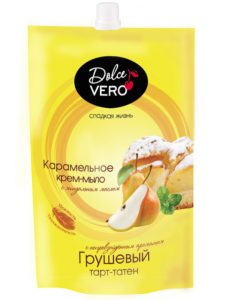
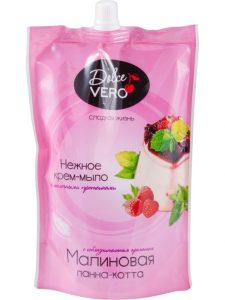

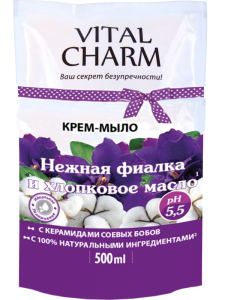
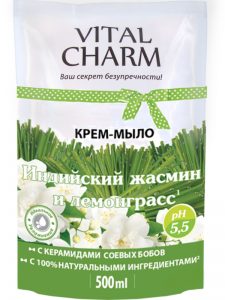
Handmade soap
Soap can be produced by hand in several ways at home. In this case, it can be added essential oils, grated nuts, ground coffee, coconut oil, etc., fragrances and fragrances. One of the ways is rubbing and melting of ready-made soap (for example, children’s soap). A piece of soap is rubbed on a grater, water or other desired liquid is added (for example, decoctions of herbs), then the whole mass is put on a water bath and heated on a small fire with regular stirring. When the mass becomes uniform, it is removed from the water bath and essential oils and other ingredients are added, if desired.
Handmade soap can also be made from a special soap base sold in specialized stores. The base can be melted in a microwave oven.
Unlike industrial soap, handmade soap is not as good as soap, since the ingredients in the soap base are more gentle and soft. For the same reason, it is more quickly washed off than similar weight industrial soap.
The company Aqua Cosmetics Group produces a special glycerin handmade soap of various forms. The peculiarity of this soap is a beautiful form and an affordable price. Here are some examples of this soap:


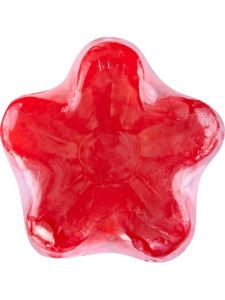
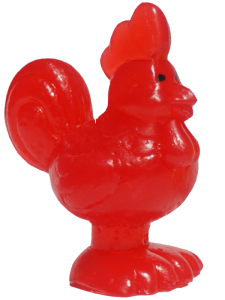
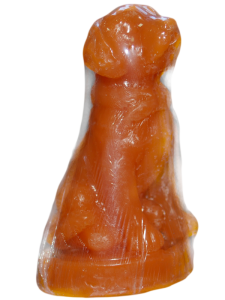
It is produced from alkali and fats by hand, this requires soap-based safety of working with alkali.{:}
